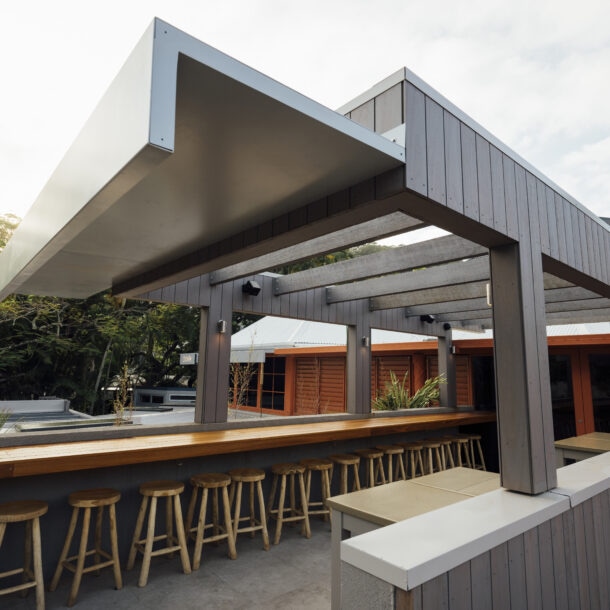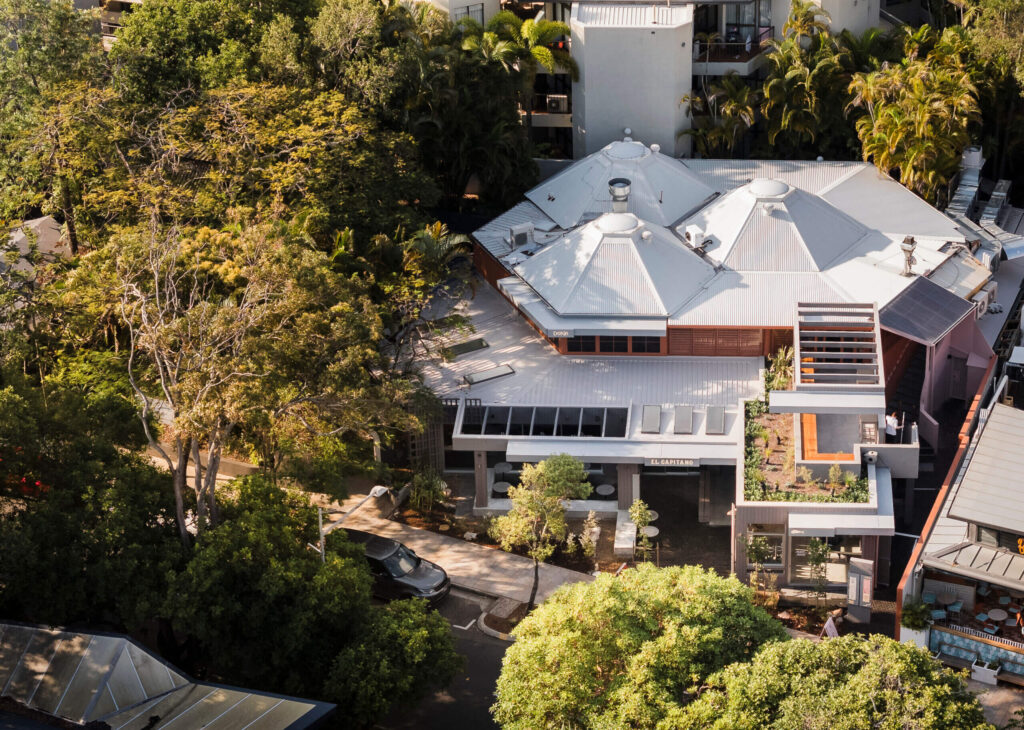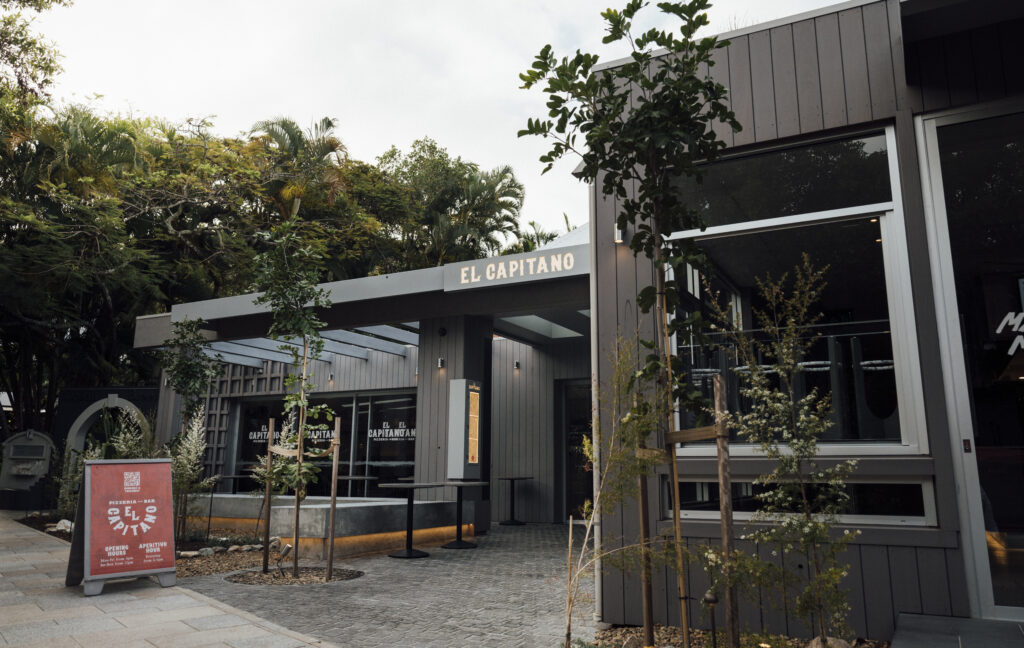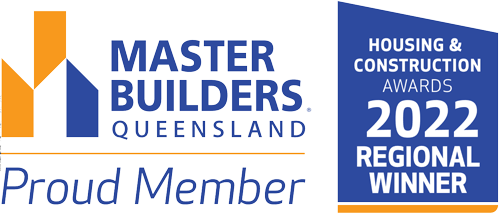
Navigating Local Building Regulations and Zoning Laws for Commercial Fit Outs in Noosa
When it comes to commercial fit outs, it’s essential to understand how local council regulations can impact your project. Noosa is a unique location that’s renowned for its pristine beaches and natural beauty, so it comes as no surprise that the local Noosa Council has introduced specific zoning laws and building codes to protect the area.
Whether you’re a business owner or a contractor, you need to understand the ins and outs of building regulations and zoning laws in Noosa. So, if you’re planning on completing a commercial fit out on your Noosa-based space, we’re here to highlight all the key points you need to consider before starting a commercial fit out.
Understanding Noosa’s zoning laws
Noosa’s zoning and building regulations are outlined in the Noosa Plan 2020, which was initially introduced in July 2020. Since then, it’s gone through several revisions and amendments to address key issues affecting the area.
The Noosa Plan 2020 designates specific areas for various land uses, including residential, commercial, industrial and community purposes. These zones have been created to ensure that land use and development are appropriately managed to maintain the region’s character while meeting community needs. The Noosa Plan 2020 details six key zoning areas, including:
- Residential zones,
- Centres zones,
- Industry zones,
- Recreation zones,
- Environmental zones, and
- Other zones.
Key building regulations in Noosa
In Noosa, building regulations are designed to ensure that construction and fit out projects meet safety, health and structural standards. All construction must comply with the following:
- National Construction Code (NCC): This code sets the minimum requirements for safety, health, amenity and sustainability in building design and construction across Australia.
- Building Code of Australia (BCA): Part of the NCC, the BCA provides detailed technical provisions for building work, including structural adequacy, fire resistance, access and egress.
- Queensland Development Code (QDC): This code outlines specific building standards applicable within Queensland, complementing the NCC and addressing state-specific requirements.
Under State government regulations, anyone planning to commence building work, including renovations, alterations or additions, is required to first obtain a development approval. The Noosa Council plays a key role in the building approval process by granting planning approvals and recording approval documentation.
When it comes to commercial fit outs, there are several key factors that you’re likely to encounter, including:
- Design approvals: Fit out designs must be assessed for compliance with the relevant codes. Building certifiers, registered with the Queensland Building and Construction Commission (QBCC), are responsible for completing this assessment.
- Licensing requirements: Engaging appropriately licensed contractors is crucial. In Queensland, any contractor undertaking building work valued over $3,300 must hold a relevant QBCC licence.
- Technical compliance: Ensuring that all technical aspects, such as electrical, plumbing and mechanical systems, meet the required standards is essential for safety and functionality.
- Documentation standards: Hydraulic designs and other technical plans should be drawn on separate plans and meet specific size and scale requirements, such as A3 size for tenancy fit outs.
Understanding the relevant building regulations and zoning requirements is central to the successful completion of your next commercial fit out in Noosa. By engaging qualified professionals and consulting with the Noosa Council, you’ll be better positioned to navigate the approval process and ensure compliance with all relevant building standards.

How to ensure your fit out complies with local regulations
While it can be challenging to navigate Noosa’s building and zoning regulations, leaving your fit out project to chance and hoping for the best isn’t an option. If you’re found to be in breach of the local building regulations, it could end up costing you time and money while putting your brand’s image on the line.
If you don’t feel confident navigating the regulations yourself, it’s often a good idea to work with a professional who’s familiar with commercial building compliance. As an experienced, licensed local building company, Build4U is familiar with Noosa’s building regulations and zoning laws. Our extensive knowledge and experience allow us to transform your space into something that truly meets your needs while remaining compliant with local regulations.
Through trusted partnerships with local town planning consultants, RG Strategic, we’re able to offer tailored guidance for your fit out throughout the building approval process, from preliminary planning and applications to approvals and project delivery.
Common mistakes to avoid
Navigating local building regulations and zoning laws for commercial fit outs in Noosa can be complex. With this in mind, we’ve pulled together some of the most common mistakes to avoid.
Ignoring zoning restrictions
Ignoring zoning restrictions when approaching a fit out project comes with significant risks. It’s essential to ensure your intended business use complies with Noosa Plan 2020 zoning laws.
Simply assuming that because a similar business previously operated in the space, your fit out is automatically permitted often isn’t enough. Instead, you’ll need to consider the zoning laws alongside zoning overlays such as heritage, flood risk or environmental protection zones.
Underestimating the permitting process
It’s essential to allow enough time for council approvals and private building certification before getting started on your project. Rushing through the permit process could end up causing delays and issues down the track. If you get started with demolition or modifications before obtaining the required permits, you could get slugged with fines or face work stoppages.

Not prioritising accessibility and safety standards
Overlooking safety and accessibility considerations during your fit out planning can lead to costly changes or fines. Under the Disability Discrimination Act 1992, buildings must provide adequate access for people with disabilities by incorporating compliant door widths, ramps and accessible restrooms.
Similarly, your fit out must meet fire safety regulations by including emergency exit signage, clear egress routes and fire-rated materials. The National Construction Code (NCC) also includes provisions for ventilation, lighting and structural integrity requirements, so it’s essential that you prioritise the relevant standards.
Hiring unlicensed contractors
Before starting your fit out, it’s essential to verify that builders and tradespeople hold a valid Queensland Building and Construction Commission (QBCC) licence for projects over $3,300. Using unqualified contractors can lead to substandard work and compliance issues.
The importance of complying with local regulations
At the end of the day, it’s in your best interest to comply with local building regulations. By maintaining compliance, you can avoid potential fines and delays. This helps to keep your fit out on schedule and avoid costly budget blowouts. It also helps to prevent unexpected costs from having to redo non-compliant work or correcting safety violations.
Not to mention, completing a compliant fit out avoids the negative publicity that can arise from shutdowns, legal disputes or safety violations. Issues like these can negatively affect your business image, which could end up impacting your bottom line once you reopen.
When it comes to completing a compliant fit out on time and on budget, it helps to work with a fully licensed and experienced local builder like Build4U. Get in touch with the team to see how we can help with your next fit out project.





